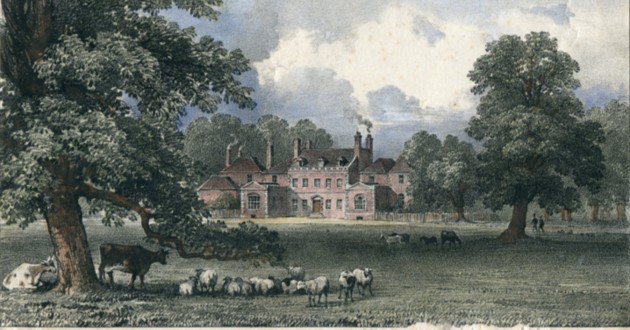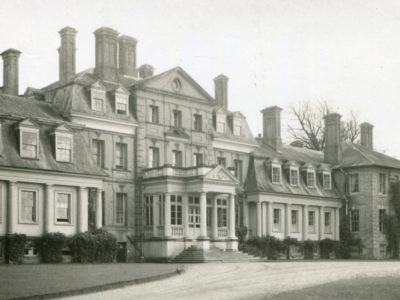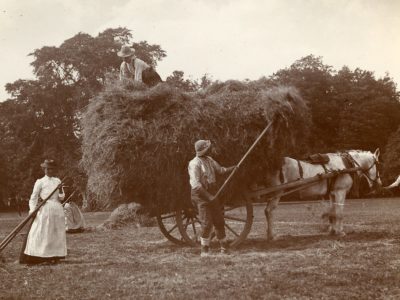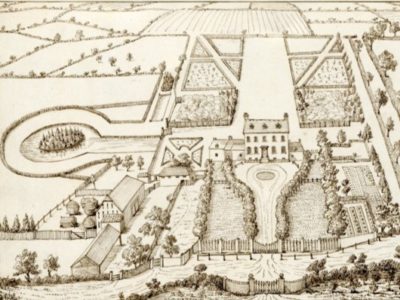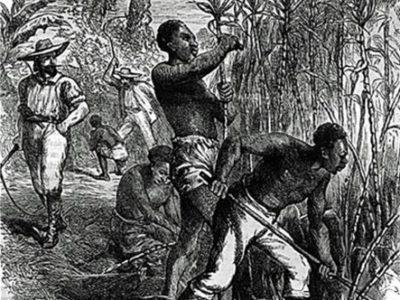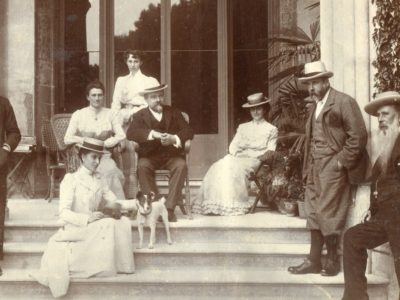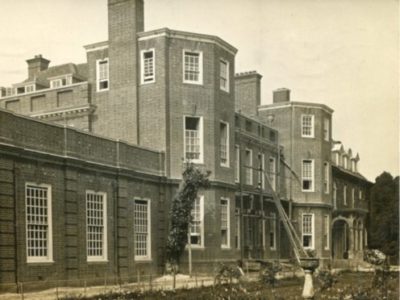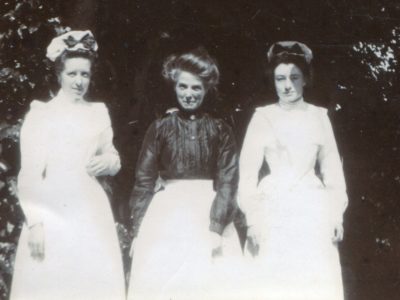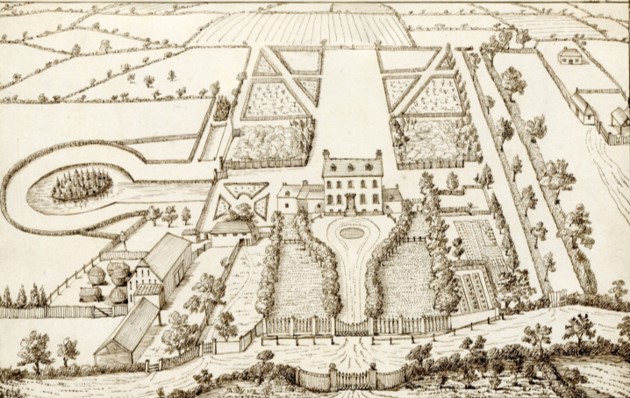
Until the early 18th century gardens were formal in design, laid out according to the classic principles of geometry, proportion and symmetry. They were a vision of order stamped firmly upon a wild landscape and were based on classical Roman ideas. In the 1730s an extraordinary change took place when nature became the model for the garden park. William Kent, one of the first practitioners of the new style, was quoted by Horace Walpole as having “leaped the fence and saw all nature was a garden”.
Kent created one of the earliest expressions of the landscape garden at Rousham Park in Oxfordshire, introducing informality and intimacy. This approach was developed by designers such as Lancelot ‘Capability’ Brown and Humphrey Repton. They managed to make the most artificial transformation of nature seem exquisitely natural with clumps of largely native trees, artificial lakes and sweeping lawns
At the end of the 19th century garden design began to reflect the newly fashionable Classical Revival. Terraces and sunken gardens were popular, as was garden architecture such as pergolas and temples. At the same time the ‘Arts and Crafts’ architects rejected landscape gardens in favour of a revival of the old formal style, typified by the intimacy of the old walled English manor gardens of the Tudor period. In particular the horticulturist Gertrude Jekyll was dismayed at seeing the cottage garden vanish due to the introduction of exotic species into Britain. She worked with Sir Edwin Lutyens to create plantings within classic garden layouts of perennials and non-exotic trees, to achieve natural harmonies of colour and shape in foliage and flower. With the decline in private wealth and patronage as the 20th century progressed, and the rise of simplicity based upon mass production rather than traditional skills, much of Jekyll’s influence and work disappeared.

